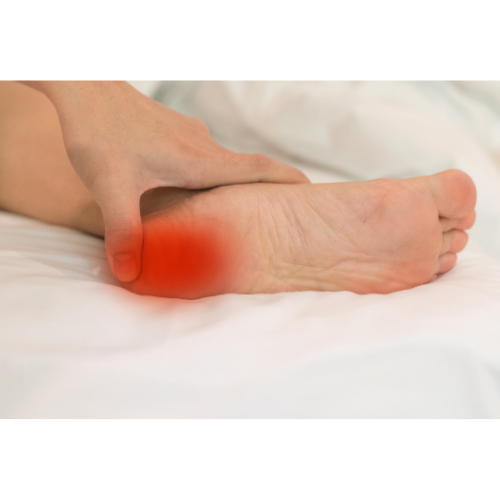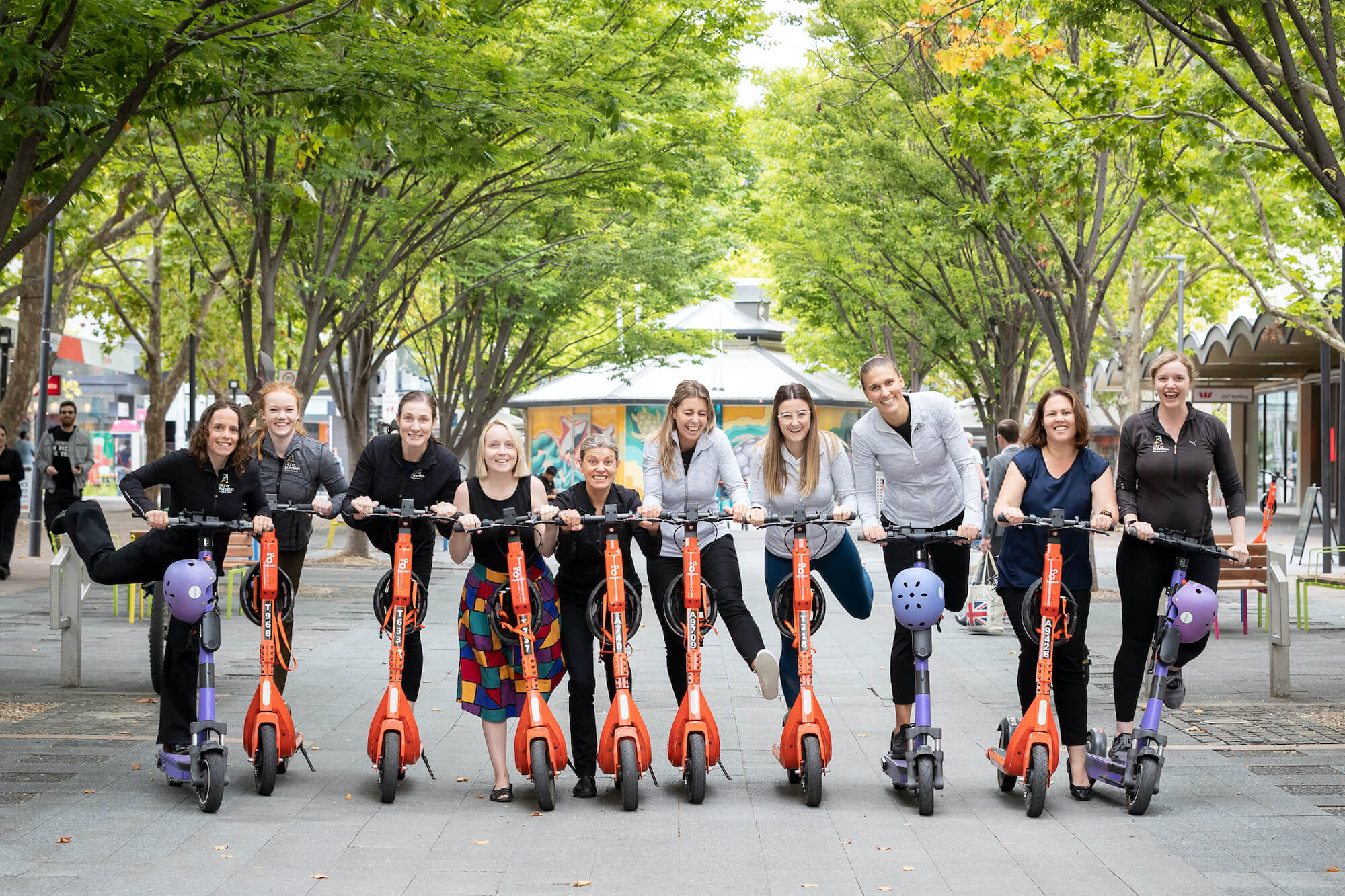By Dominique Wood-Ward – Physiotherapist
What is Plantarfasciopathy?
Plantarfasciopathy (often called “ plantarfasciitis”) involves pain and stiffness on the base on the foot where the fascia originates at the front of the base of the heel. Pain is usually felt in this location although sometimes extends into the midfoot. Plantarfasciopathy involves thickening and degenerative changes to the connective tissues. It is generally worse after long periods of non-weight bearing such as first thing in the morning.
The condition has a high prevalence with 1 in 10 people affected in their lifetime. The plantar fascia has an important role in maintaining normal foot biomechanics. It provides shock absorption and arch support during weight bearing activities such as walking, running, jumping, and squatting.
What are the risk factors for Plantarfasciopathy?
- Rapid changes in activity level
- Reduced ankle mobility
- Metabolic conditions such diabetes mellitus
- Tightness and/or weakness in calf muscles and intrinsic (foot) muscles
- Overweight/Obesity and sudden increases in weight
- Biomechanical dysfunction
Often woman who are pregnant will experience episodes of Plantarfasciopathy Certain populations have been shown to have a higher risk for developing Plantarfasciopathy. These include military, Irish dancers and recreational runners.
Management for Plantarfasciopathy
90% of cases will resolve within 12 months with conservative treatment.
Conservative management involves exercises for strengthening of lower limb and foot musculature. Exercises for lower limb control and correction of poor biomechanics in aggravating activities as relevant. Load management through adaption of aggravating activities. Short term use of foot orthosis and night splints may be required in cases of severe pain.
See one of our physiotherapists to comprehensively assess you and to guide and progress your program. Tendinopathies generally take around 4 months to improve but this can be longer, even up to 12-18 months.
Our Reformer and Matwork classes, or specific individually designed gym sessions on our Pilates equipment, can help to strengthen and stabilise the ankle region and lower body for optimal recovery. Speak to your Physio about which class would suit you.
References
Monteagudo, M., de Albornoz, P., Gutierrez, B., Tabuenca, J. and Álvarez, I., 2018. Plantarfasciopathy: a current concepts review. EFORT Open Reviews, 3(8), pp.485-493. Cohena-Jimenez M, Pabon-Carrasco M, Perez Belloso AJ (2002) Comparison between customised foot orthoses and insole combined with the use of extracorporeal shock wave therapy in plantar fasciitis, medium-term follow-up results: a randomised controlled trial [with consumer summary]. Clinical Rehabilitation. Clinical trial.


